The second and last day of the 5th International Congress of Red Fruits has served to address topics such as the nutritional properties and potential of red fruits as aspects to be taken into account for their marketing. This time, the event brought together more than 1,200 people.
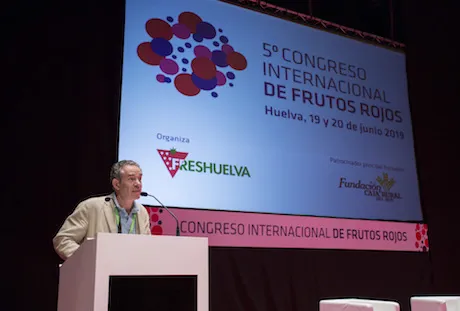
The manager of Freshuelva, Rafael Domínguez, wished to thank everyone who has made this fifth edition of the Congress of Red Fruits possible for their work, wishing also a happy stay in the province to the speakers. He also said that Freshuelva is already planning a sixth edition of this event, so that the province of Huelva can continue to serve as meeting point for people in the sector from Spain, Europe and the world.
One of the highlights of the technical presentations has been the presentation of Antonio Escribano, professor in Sports Nutrition and specialist in Endocrinology and Nutrition. He mentioned the opportunity that the sector has to use the nutritional and antioxidant properties of red fruits in their marketing, as they are among the ten best foods when it comes to improving your health and allowing you to live longer.
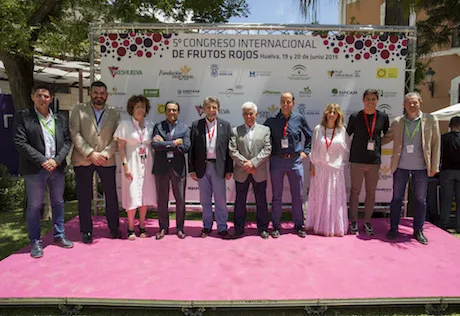
He explained that, according to the ORAC Index (Oxygen Radical Absorbance Capacity), blackberries and blueberries "are the two foods with the greatest antioxidant capacity on earth." To this we must add the outstanding phytochemical composition of red fruits, which shows that "we are selling health, since they help optimize brain functions and the nervous system, preventing Alzheimer's and cancer, keeping stress under control, delaying aging..." and a long etcetera.
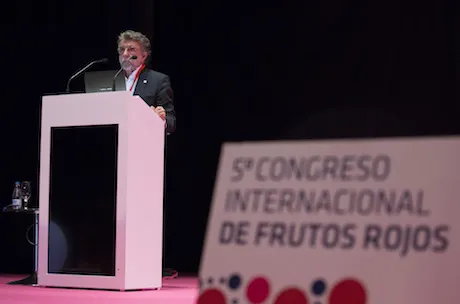
Thus, Escribano has advised marketing them with a specific prescription for their consumption: 30 blueberries, 10 blackberries, 15 raspberries and 5 strawberries three times a week.
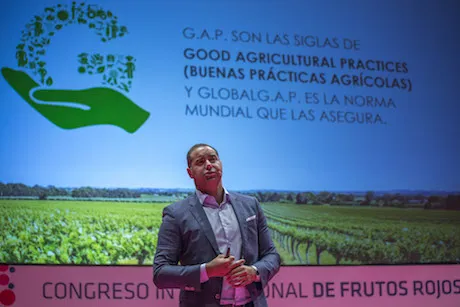
In the second day, the first presentation was given by the Vice President of GlobalGap, Flavio Alzueta, who stressed that the Global Gap system should not be perceived exclusively as a certification, but as an important part of the strategy of companies.
After pointing out that Global Gap has been recognized as the best food importation standard for the Olympic Games in Japan, Alzueta said that 95% of the acreage devoted to the cultivation of certified berries is located in the province of Huelva.
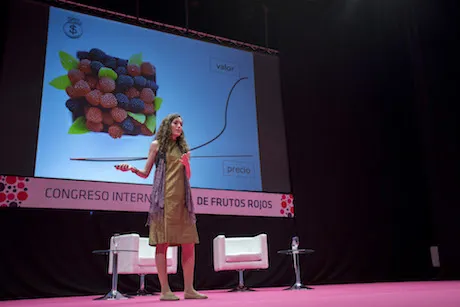
The coordinator of the La Rábida Observatory of Sustainable Development and Climate Change in Latin America, Rosa Castizo, who also addressed the topic of sustainability, argued that an investment in this is recovered within seven years, stressing that, "treating waste in an inadequate way actually costs up to five times more."
Castizo talked about the current commitment of companies in circular economy models, highlighting that the Observatory that she coordinates helps companies create networks that allow them to work together with a common agenda and save resources.
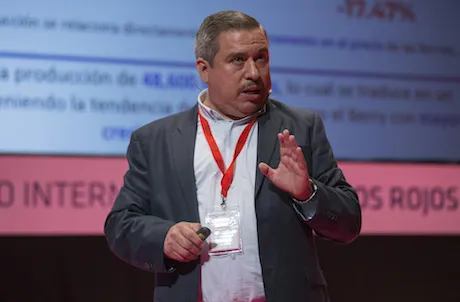
The Mexican experience in the export of berries has been another of the topics discussed. It was addressed by the managing director of the Association of Producers and Exporters of Berries of Mexico (Aneberries), Juan José Flores, who outlined the evolution of the activity in the nine years that the Association has been operating. He highlighted that the country exports 364,000 tons of berries, making them "the third most exported product, only behind beer and avocados," although Europe only receives 1.5 percent of this amount.
Given the 31 percent growth achieved between 2018 and 2019, he also talked about the challenges faced: the new labor reform, social responsibility, internal migration in the country, foreign trade (97 percent of its market depends on the United States) and sustainability.
Research and new varieties
The second half of the morning of presentations has been focused on research and varietal obtainment. The corporate director of R + D at Planasa and member of the Group of Red Fruits of the National Association of Vegetable Producers (Anove), Miguel Angel Hidalgo, said that the process of developing a new variety, from the setting of goals (boosting consumption, looking for new markets and forms of production, increasing the fruit's resistance to diseases, etc.) to the development itself; has an average cost "exceeding one million Euro."
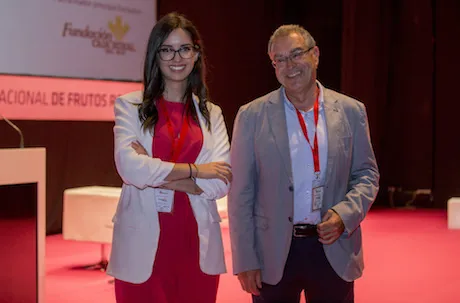
Anove's lawyer, María Serrano, also took the stage in order to talk about breeder's rights, emphasizing the importance of taking into account the differences in legislation between the country of origin and the country of destination when exporting the new fruit.
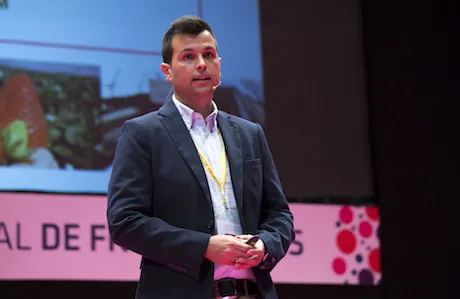
Finally, Fernando Záforas and Juan Manuel Arenas, of Fresas Nuevos Materiales, gave a presentation on the work that the company has been carrying out since its creation by the sector in 1999. As explained by the former, the fruit's quality is assessed based on the following aspects: color uniformity (bright colors are preferable), Brix degrees (should be high and constant), taste (sweetness / sourness), resistance to bruising and post-harvest shelf life, "without forgetting productivity, low harvesting costs and tolerance to diseases."
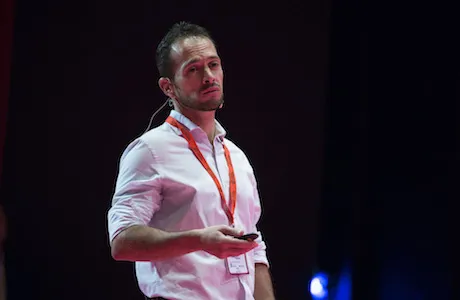
Also, after reviewing the advanced selections and the tests carried out, Arenas outlined the challenges that the company is facing: the diversification of programs and lines of research, the consolidation of its brand in the world and the expansion of the classic improvement program. To this end, he said that they will continue working in the research center that they launched in March last year.
